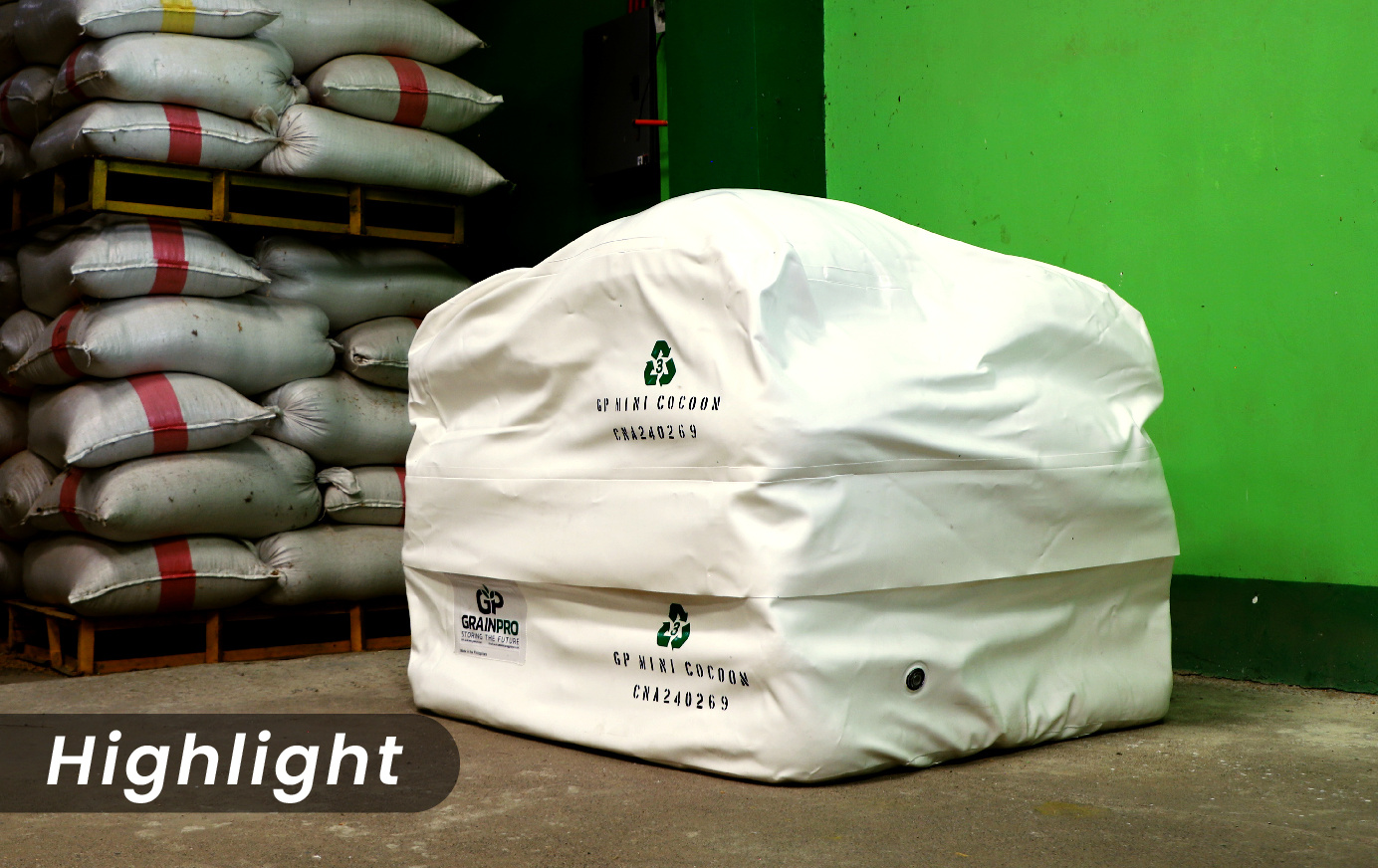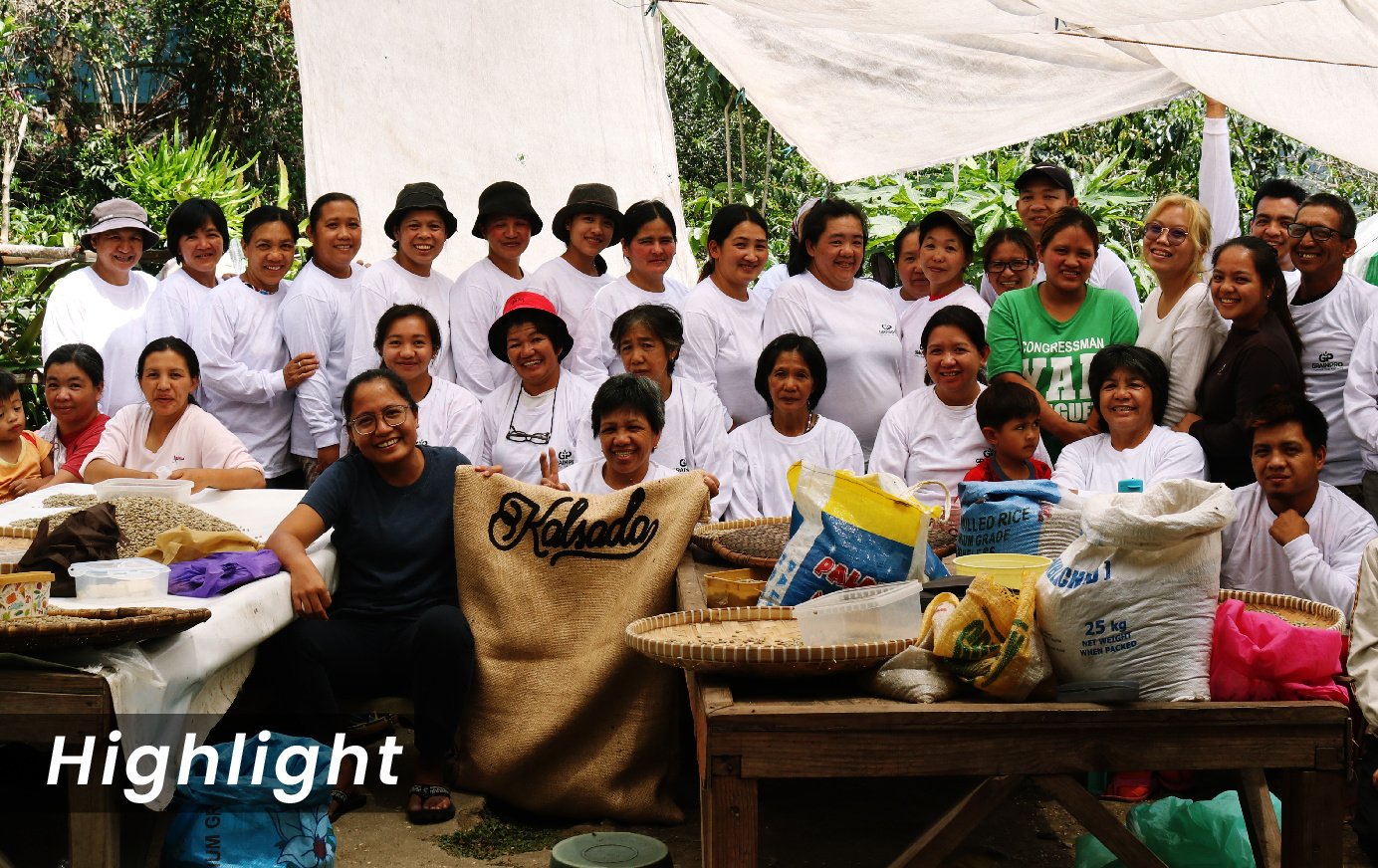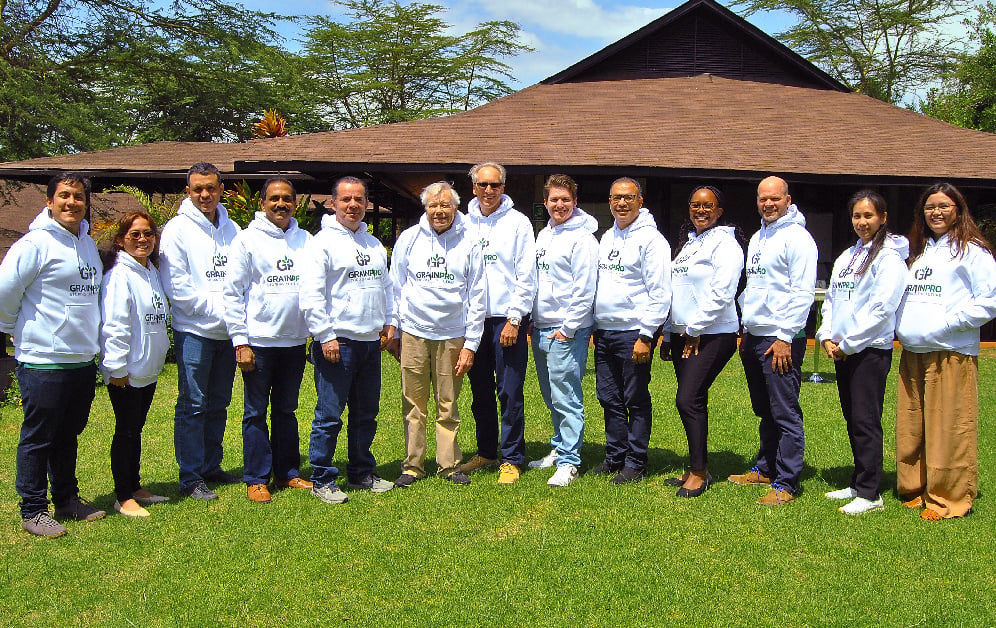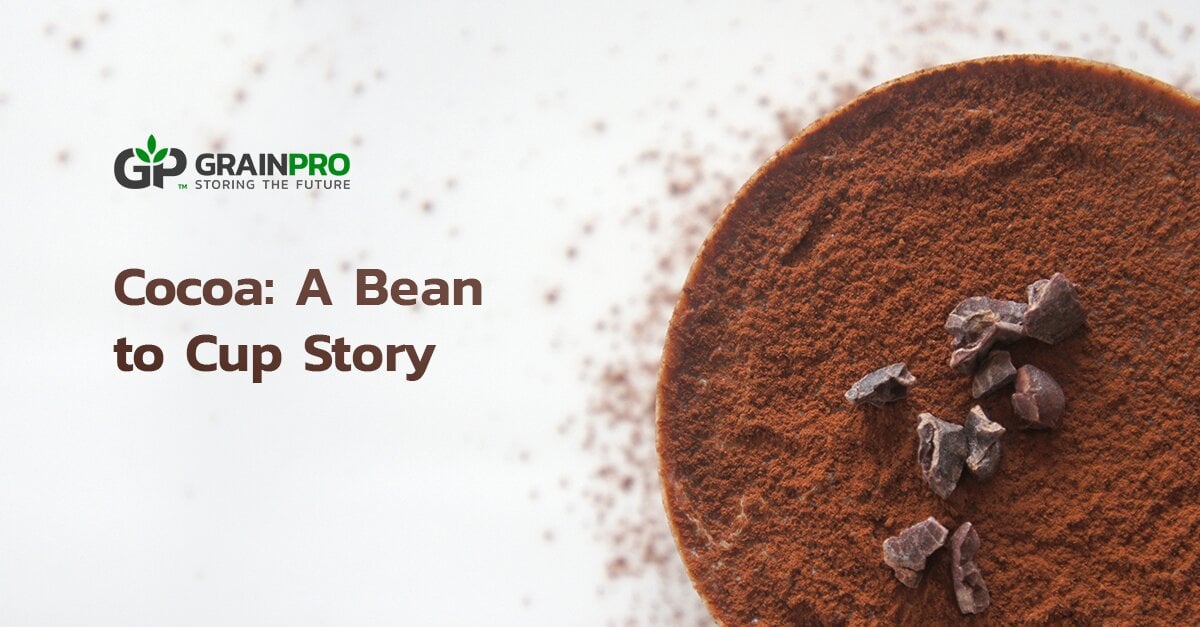Perfect for the cold weather, having a hot cup of cocoa is a holiday tradition that is well and alive throughout the world today. It has a full and rich taste that brings back nostalgic childhood memories. It gives you warmth that flows from within your core all the way to your fingertips, which is a sensation that can be so addicting. But, have you ever wondered how your cup of cocoa came to be? What are the steps these cocoa beans go through starting from processing until they reach your cup?
The cocoa journey begins at its source: the cocoa tree. This type of tree grows in many locations all over the world, typically within 10° near the equator since cocoa trees prosper in certain conditions like consistent temperatures, high humidity, abundant rain, and nutrition-rich soil. Cocoa trees are native to Central and South America, where it has been a valuable commodity since ancient civilizations. Nowadays, around 70% of all cocoa beans come from West African countries, specifically Ghana, Nigeria, Cameroon, and Ivory Coast.
Read more about it: From Tree to World: The Origin and Sources of Chocolate
These trees bear fruits called cocoa pods, which are harvested carefully. Farmers use sharp blades to cut the pods from branches to make sure that the trees are not damaged during the harvest season. Inside the pods are the cocoa beans, which at this point are still enclosed by a soft white pulp that is also edible and has a sweet, mildly floral taste.
After harvesting and opening the cocoa pods, the beans inside must undergo a fermentation stage for an average of five to seven days. The beans are gathered and stored in a fermentation box where microorganisms begin the process of breaking down the pulp. The excess product liquefies and is drained away afterward. Then, the cocoa beans are cleaned and subjected to drying for a period of time until the moisture content is at 7%. This is done through a slow drying process. It is important that the drying process is secured from inclement weather or high humidity levels because cocoa beans are highly sensitive to moisture. Rewetting can greatly lessen their quality and the excess moisture may even result in mold growth.
Read more about it: Controlling Aflatoxins Through Improved Post-harvest Practices
After drying, the cocoa beans are roasted. This roasting process varies depending on the preference or recipe of chocolate makers. Afterward, the thin papery shell around the beans is removed through a process called winnowing. Pure cocoa beans are then exposed, which are now called ‘nibs’. These nibs are then grounded and made into cocoa powder. Many producers of chocolate drinks add various ingredients to the cocoa powder so that it would taste rich and sweet when made into the hot drink that we all know, enjoy, and love.
Throughout the cocoa processing, the beans are treated as a high-value commodity. It only makes sense that these are stored, transported, and dried using the most secure and reliable solutions.
One such solution is the use of hermetic technology, which provides both an air-tight and moisture-tight system for the drying, transport, and storage of commodities. The superior barrier properties of GrainPro’s Hermetic Solutions are perfect in ensuring that cocoa beans and their quality are protected throughout their journey from source to destination.
Read more about it: All You Need To Know About Hermetic Storage
To learn more about Grainpro’s hermetic solutions, click the button below.
Date Published: December 19, 2018




